Remember RED Rocket? Apple’s Mac Pro Afterburner is supposed to be a successful version of it. This puzzling card is aimed to get rid of the proxy workflow and enhance native ultra-high-resolution editing. How? How much? Read down below.
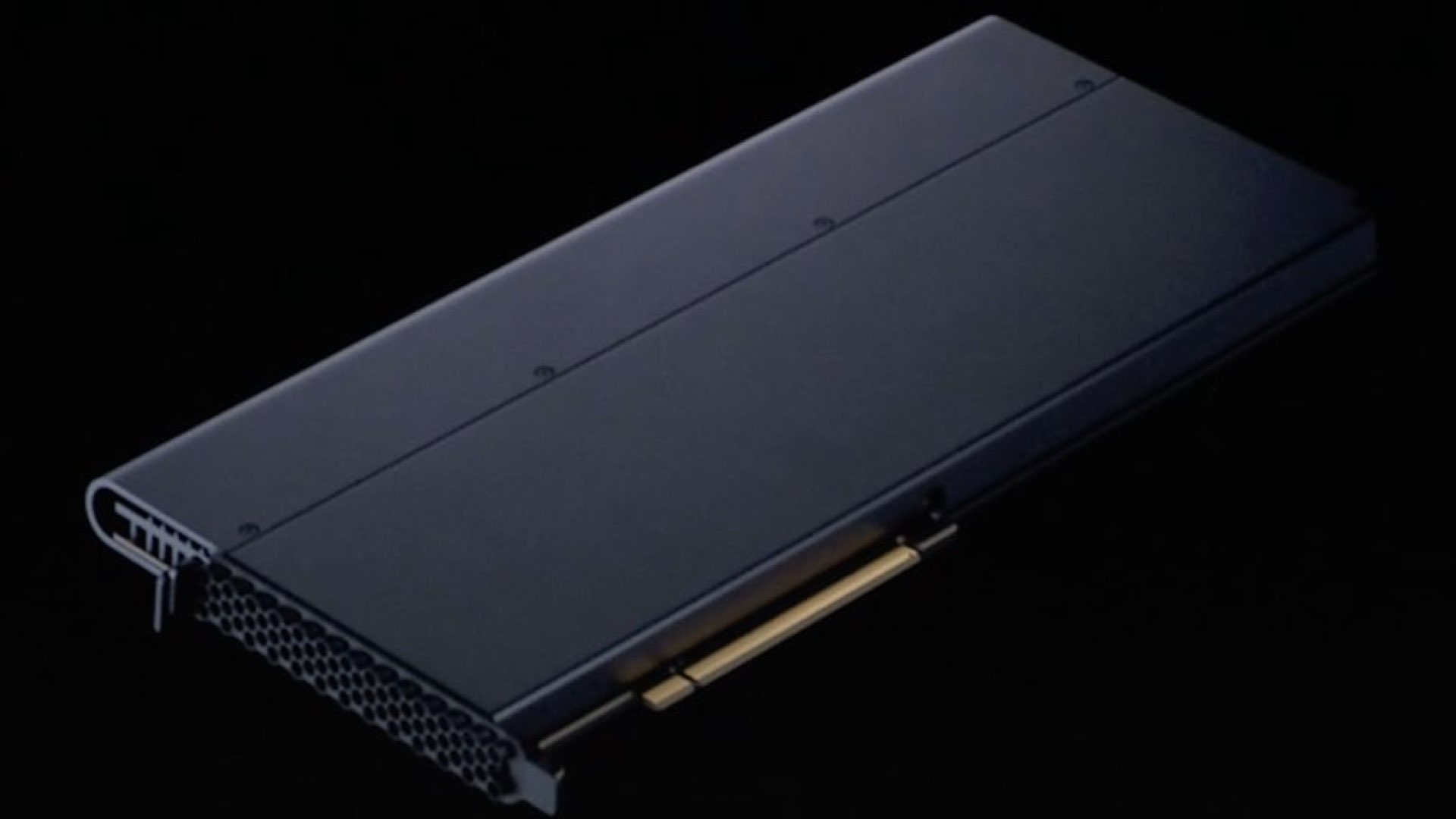
Mac Pro’s most crucial component
The Afterburner is the card that supposed to turn the Mac Pro into a monster editing machine.
Apple claims that the Afterburner allows three streams ProRes 8K RAW (was demonstrated at WWDC), or 12 streams ProRes 4K RAW. That is a dedicated accelerator card (not a regular GPU) to decode video.
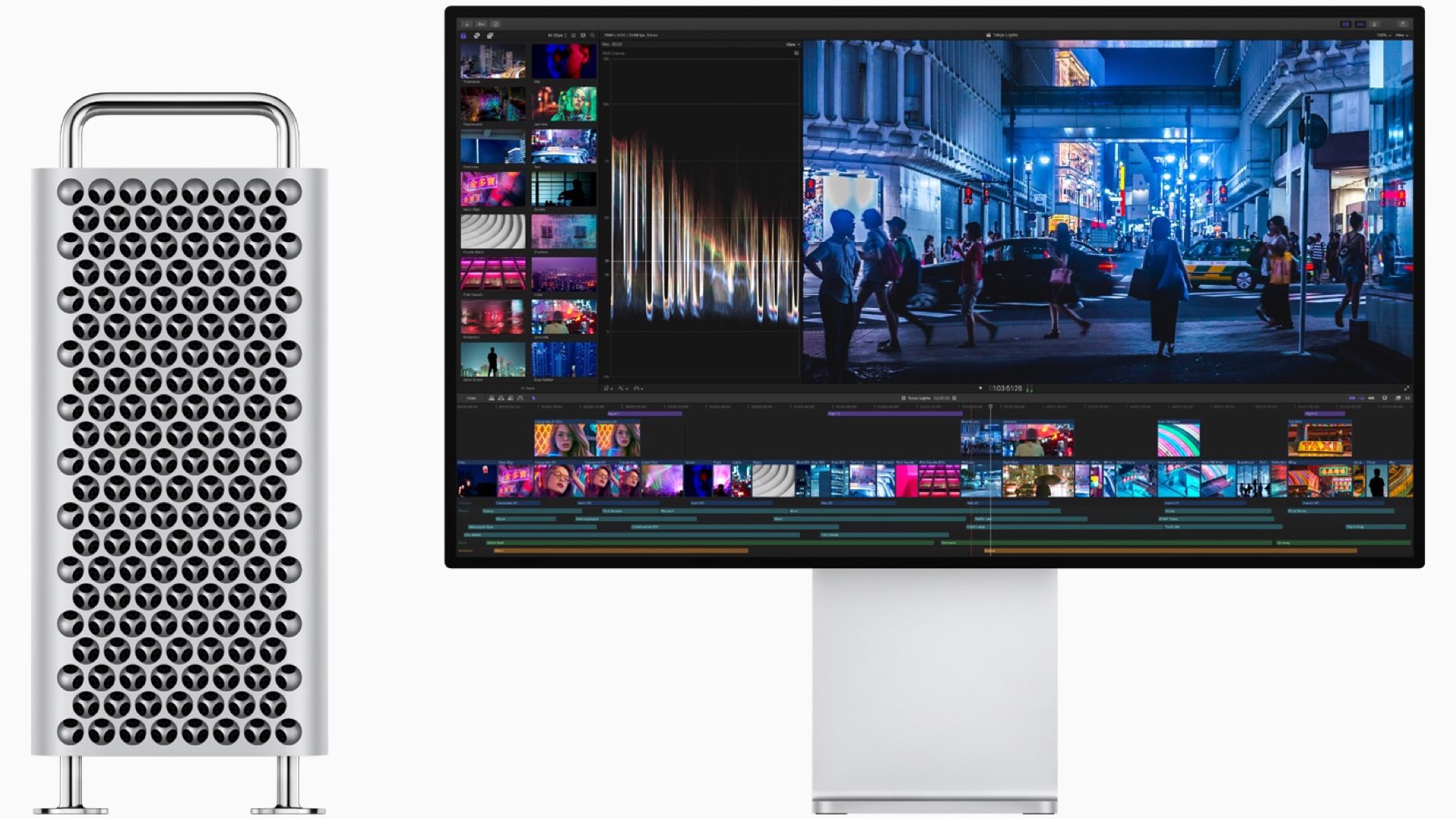
Three streams ProRes 8K RAW, or 12 streams ProRes 4K RAW
Partnership with RED?
We can assume that this card was developed with RED Digital Cinema, to neutralize the bottleneck caused by CPU. In the past, RED has evolved the RED Rocket, which turned out to be not so efficient (“Stupid RED Rocket”). Now, it seems that RED is delighted with the new capabilities that the Afterburner will allow to the Mac Pro. As stated by RED’s president: “Apple’s new hardware will bring a mind‐blowing level of performance to Metal‐accelerated, proxy‐free R3D workflows in Final Cut Pro X that editors truly have never seen before. We are very excited to bring a Metal‐ optimized version of R3D in September”.
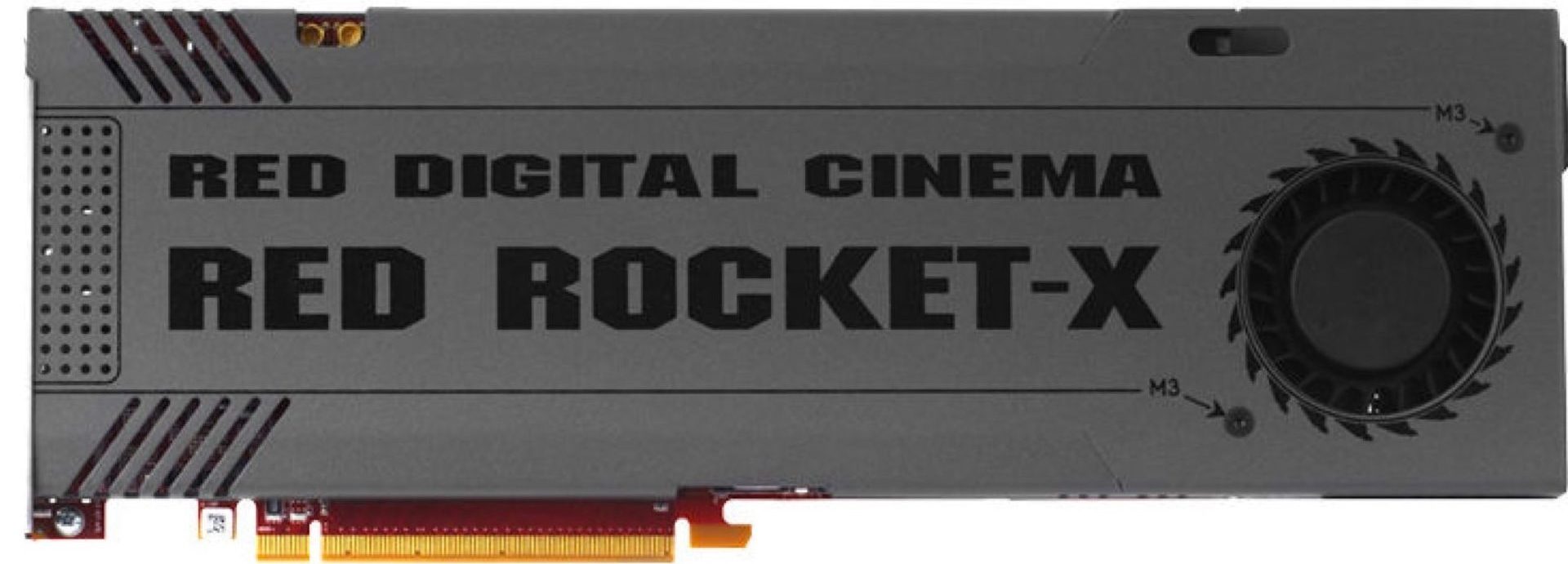
Apple’s new hardware will bring a mind‐blowing level of performance to Metal‐accelerated, proxy‐free R3D workflows in Final Cut Pro X that editors truly have never seen before. We are very excited to bring a Metal‐ optimized version of R3D in September
Jarred Land, president, Red Digital Cinema
Enhanced Color Grading workflow
The Afterburner is not dedicated only to editing but is supposed to facilitate the grading workflow as well. Blackmagic Design, which also developed their Blackmagic eGPU that was devoted to the color grading process in DaVinci Resolve is very pleased with this new invention: “With the new Mac Pro and Afterburner, we see a full‐quality 8K performance in real-time with color correction and effects, something we could never dream of doing before. DaVinci Resolve running on the new Mac Pro is easily the fastest way to edit, grade, and finish movies and TV shows.” — Grant Petty, CEO, Blackmagic Design.
That means a lot for colorists. The ability to grade native 8K is even more critical than editing it.
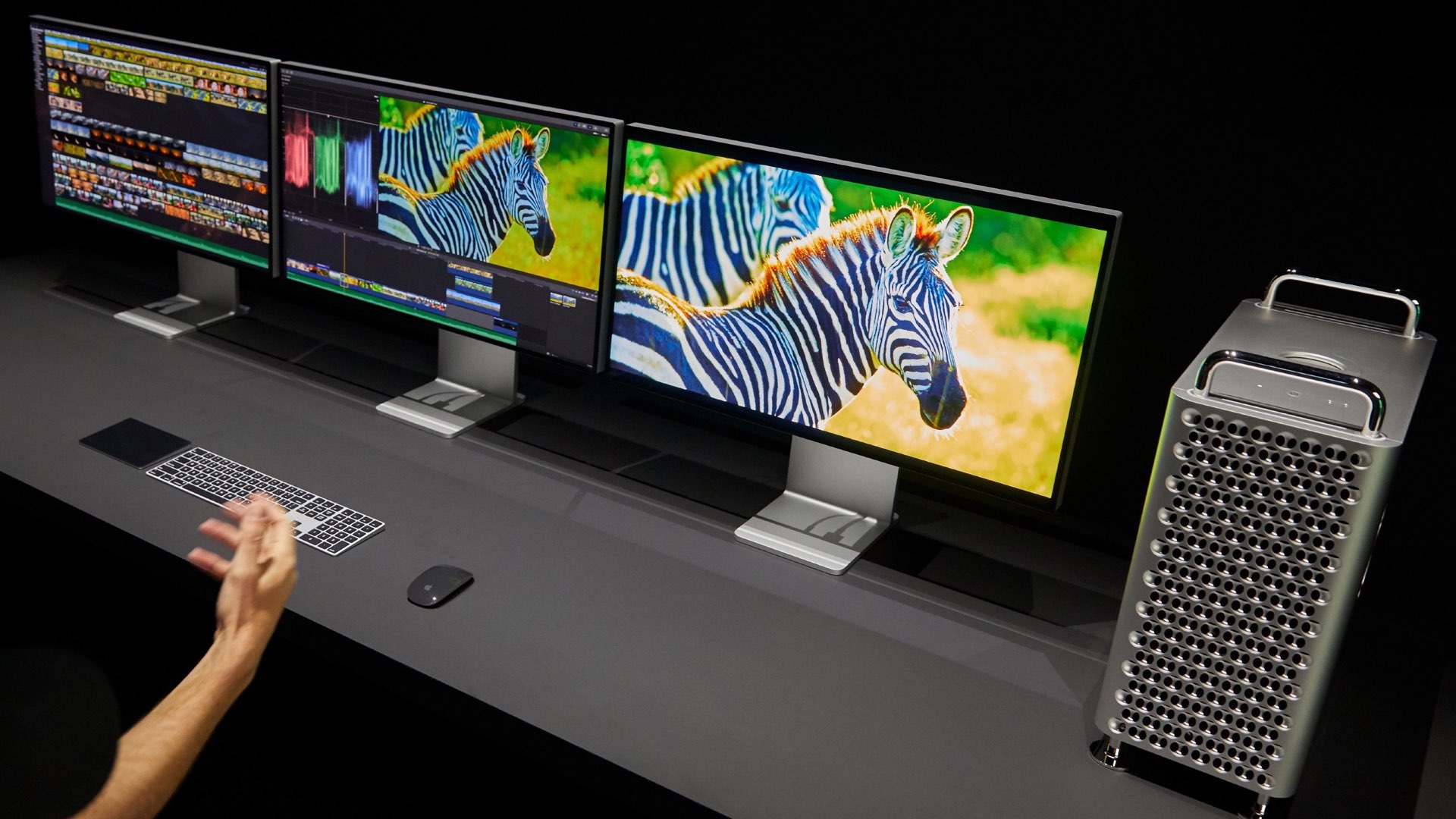
With the new Mac Pro and Afterburner, we’re seeing a full‐quality 8K performance in real time with color correction and effects, something we could never dream of doing before. DaVinci Resolve running on the new Mac Pro is easily the fastest way to edit, grade and finish movies and TV shows
Grant Petty, CEO, Blackmagic Design
Afterburner: “Game‐Changing Accelerator Card”
Apple claims that Afterburner, featuring a programmable ASIC capable of decoding up to 6.3 billion pixels per second. With Afterburner, video editors using high‐quality cameras that require the conversion of native file formats into proxies for easy editing can now use native formats right from the camera and decode up to three streams of 8K ProRes RAW video and 12 streams of 4K ProRes RAW video in real-time, virtually eliminating proxy workflows. Apple defines the Afterburner as a “Game‐Changing Accelerator Card.”
The difference between Apple’s Afterburner and “ordinary” GPUs
The Afterburner is not an ordinary GPU, but an FPGA based accelerator.
A Field-programmable gate array (often shortened to FPGA) is an electronic component used to build reconfigurable digital circuits. That means that an FPGA is different from a logic gate because a logic gate has a fixed function. Before the FPGA can be used in a circuit, it must be programmed, that is, reconfigured. In simple words, an FPGA could be programmed to do a specific task. In more simple terms, it’s like a utilized GPU for editing purposes. It’s not a GPU per se because the architecture and roles are different. However, you can think of it as a more efficient version of the RED Rocket (and hopefully more affordable) that is committed to high-resolution native rendering.
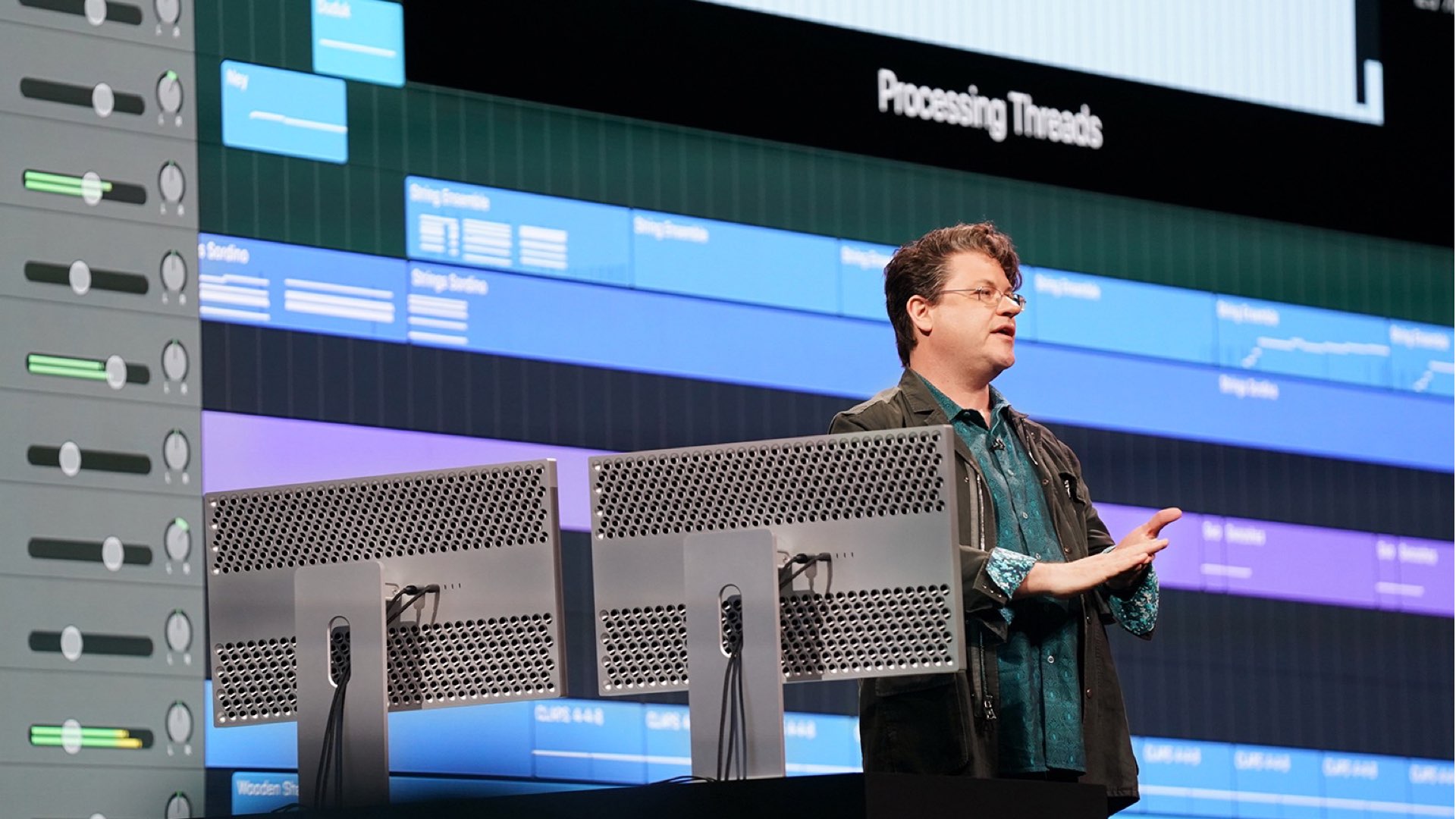
Compatibility with other machines
Will the new Mac Pros’ afterburner be compatible with other computers? Time will tell. However, it’s hard to believe since the Afterburner seems like a card specified for the Mac Pro architecture. Nevertheless, it will be helpful to attach the card (via Thunderbolt) to PCs as well.
Price
The price remains uncertain. No one besides Apple knows how much the Afterburner will cost. Of course, it’s not included in the $6,000 Mac Pro initial price (basic package), and you will have to purchase it separately.
Final thoughts
Apple’s Mac pro Afterburner is a revolutionary component that will allow the privilege of proxy-free high-resolution editing, grading, and workflow. Think of it as a GPU devoted to editors. Will it be efficient? At WWDC, Apple demonstrated playback of three layers 8K RAW. Although it’s quite impressive capabilities, it does not simulate a real 8K native workflow (editing a feature, for instance).
Anyway, it’s not going to be an affordable piece of hardware. How much will it cost? Take a wild guess.

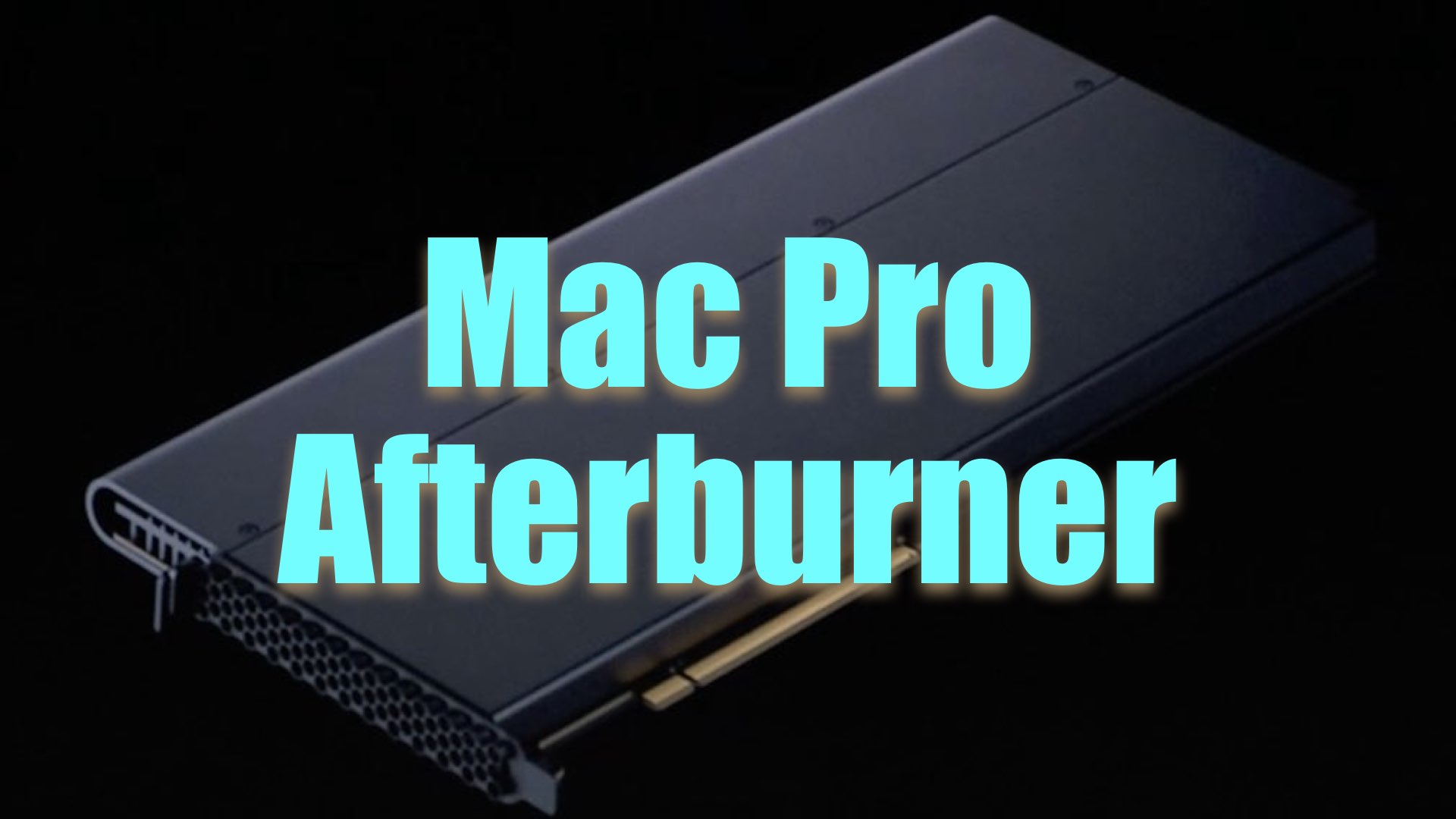
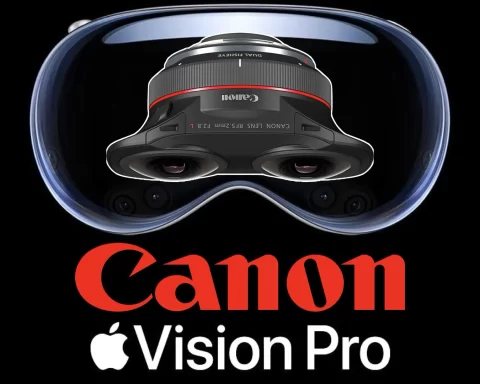
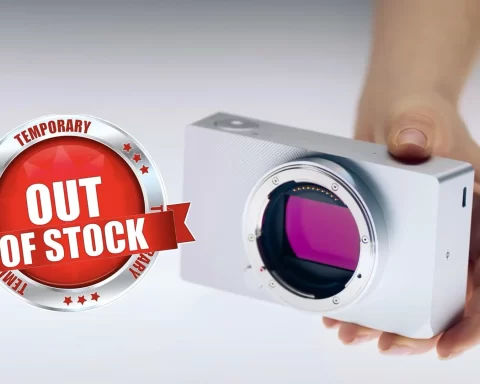

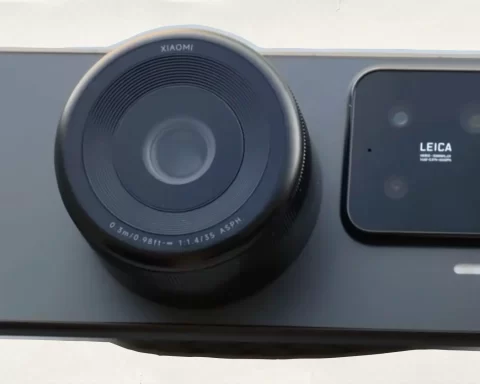
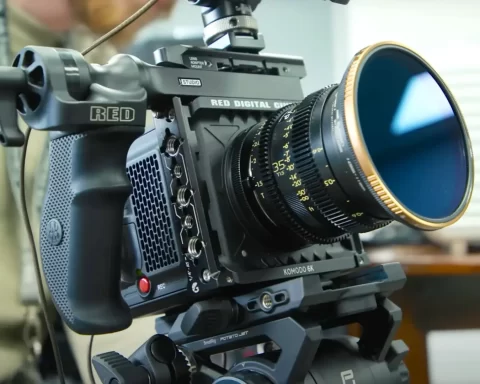
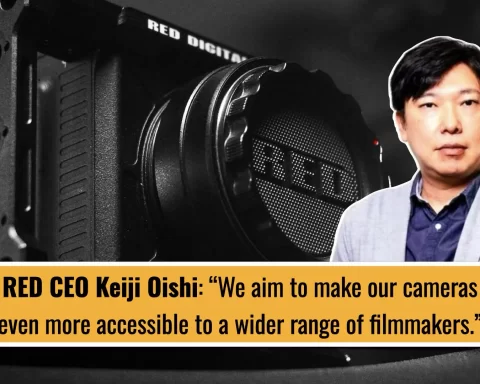

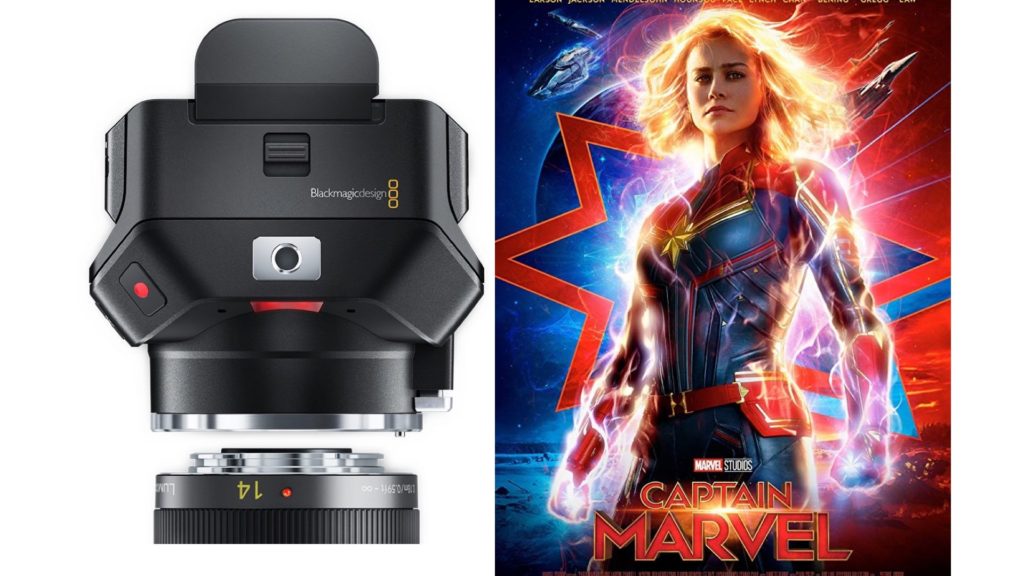
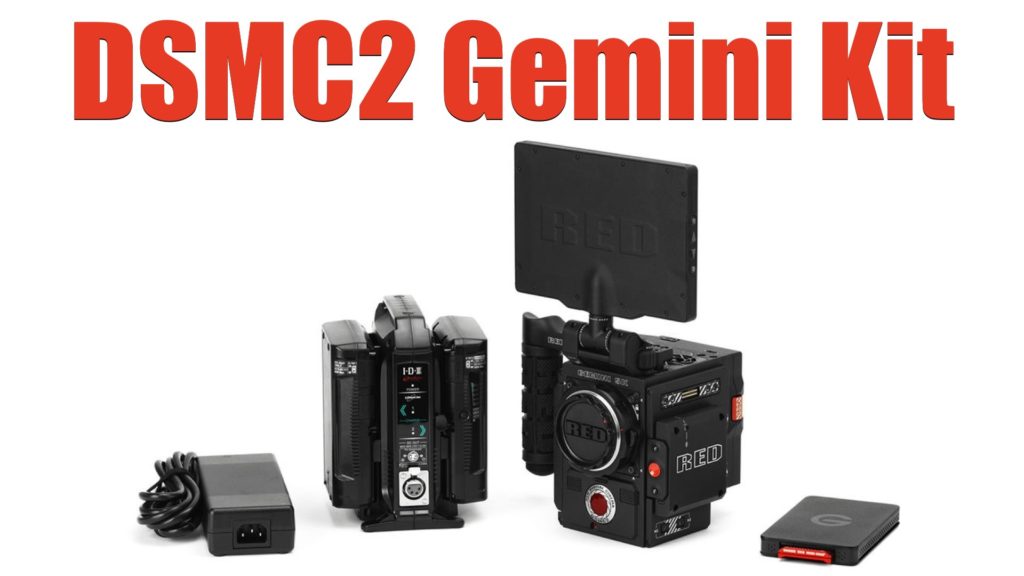
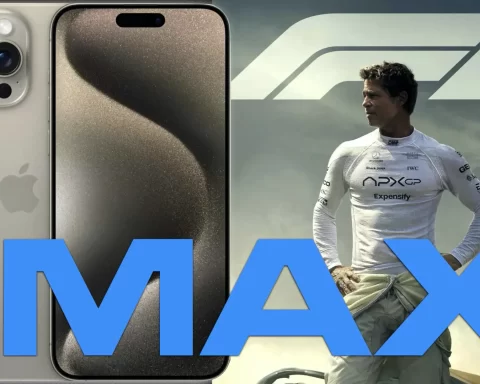
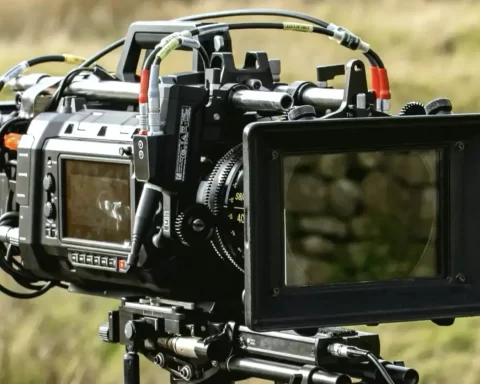

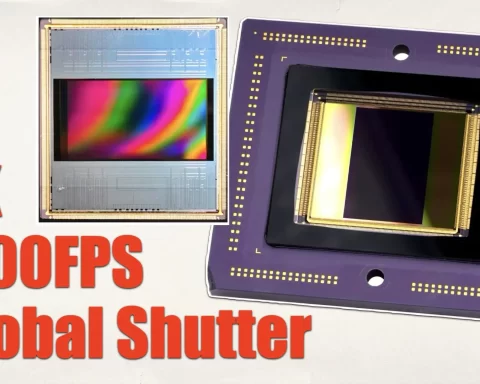

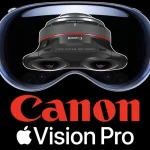

[…] footage. Useful references for these changes are RED 8K RAW and NVIDIA, Mac Pro’s new Afterburner and more. However, we’ve never talked about the utilization of GPUs on set during the […]
How do you know its not in the base model? As far as I know this was not confirmed.
You are right. It wasn’t confirmed. However, it’s a luxury device. Only video editors will need it. So it’s very logical that it will not be included in base model.
The success of this system may depend on how much value the performance boost Afterburner provides is relative to a PC stacked with powerful GPUs. Due to the design limitations of the 2013 model, a lot of video production has moved onto HP & customized workstations that can be updated for a lot less than what a decked out 12-core (the current price/performance sweet spot) MacPro costs.
Probably, buying a HP fully customized machine will cost less than a fully upgraded version of the new Mac Pro. It depends also on your software. DaVinci runs better on Mac than on PC. Also in HP you have only Avid and PP alternatives. It depends on your workflow as well. It will be interesting to compare a fully customized PC machine vs the new Mac Pro (in the same price rage) and to do some benchmark testing.
[…] has its Metal, so it’s two different worlds. However, we can’t wait to compare Mac Pro’s Afterburner against one of NVIDIA’s flagships GPU (Quadro, for instance). The bottom line is that we are […]
[…] flawless R3D editing capabilities on FCPX. The Mac Pro configuration armed with the mysteries Afterburner will enable them to achieve that. As stated by RED back in June: “Apple’s new hardware will […]
[…] workflow with high-resolution imagery. It seems that this is the main purpose of Apple’s new mysteries card called Afterburner. We wrote a couple of articles regarding this intrigued graphics card made by […]
[…] Apple has presented the Mac Pro for the first time, they also announced on a new card that allows professional video editors to accelerate their workflow. The card was not defined as a […]
[…] As per Blackmagic Design’s CEO, Grant Petty, “The new Mac Pro is easily the fastest way to edit, grade, and finish movies and TV shows.” […]